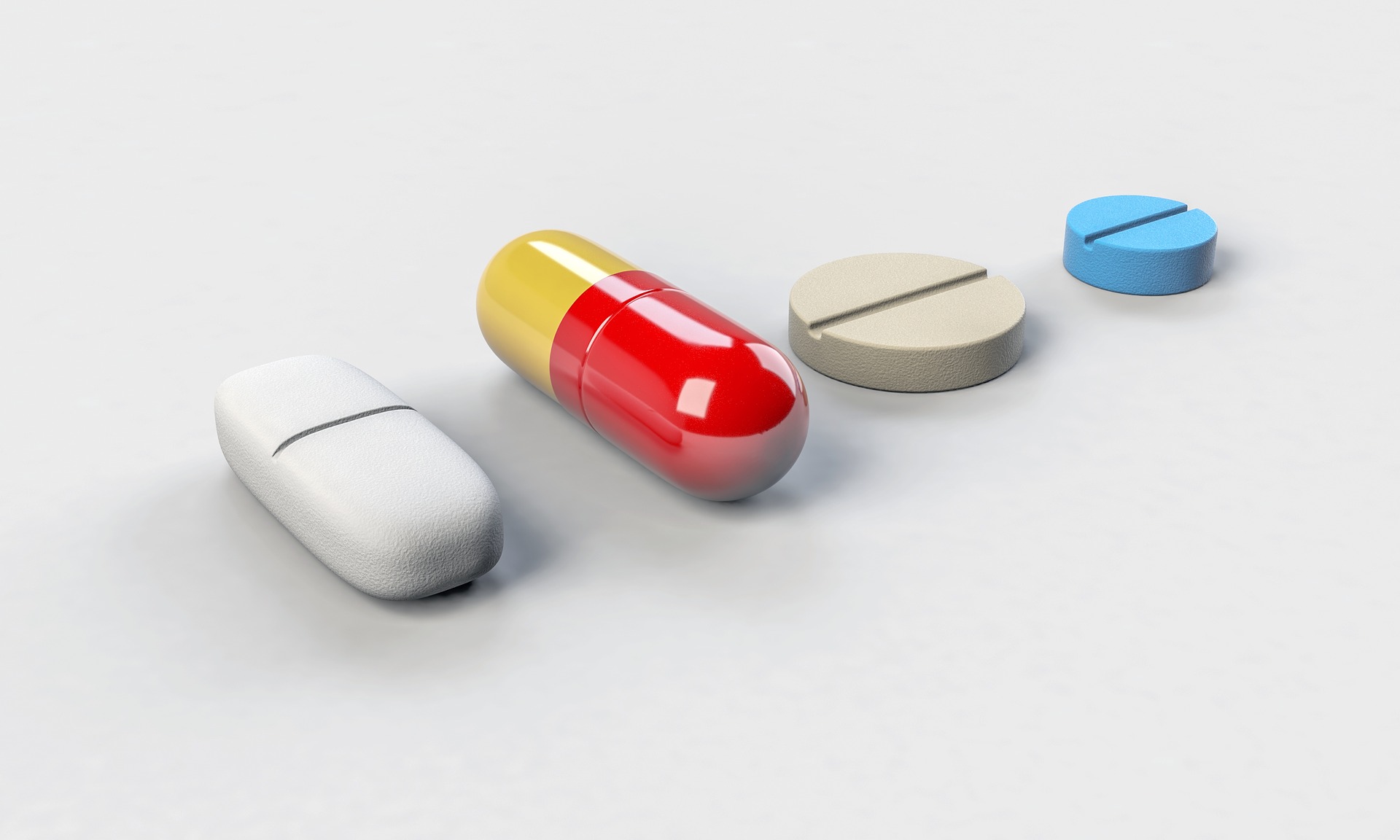Ever since Trump promised to go after the pharmaceutical industry on drug pricing, tweeting in January 2017 that pharma companies were ‘getting away with murder,’ the industry has been anticipating what legislative changes might entail.
On Friday, the President delivered a drug pricing speech light on details that fell short of the far-reaching reforms that some had anticipated (such as re-importation of drugs from overseas.) From a market standpoint, it was a non-event. Instead of causing destabilization, the stocks of major pharmaceutical companies Amgen, Gilead Sciences, Merck, and Pfizer actually spiked after the speech, as did the two largest indexes for pharmaceutical and biotech companies.
During the speech, Trump introduced an accompanying blueprint, or as the Washington Post called it, a “laundry list of policies” released by the Administration, that includes four key proposals: (i) increased competition; (ii) better negotiation surrounding pricing for Medicare Part D / Part B drugs; (iii) incentives to lower list prices of drugs; and (iv) lower out-of-pocket costs for patients. These broad themes target the complexity and opacity of the entire drug distribution system in the U.S. but looking closely reveals that the blueprint doesn’t propose any major changes.
Finger pointing, generics, and changes to Medicare
Both the President and HHS Alex Lazar in their remarks called out the “middlemen” in the system, such as pharmacy benefit managers (PBMs) who negotiate coverage, prices, and rebates between health insurers and pharmaceutical companies, claiming they are profiting too much.
But proposals to curb this include basing copays by Medicare Part D enrollees on the discounted prices that pharmacy benefit managers pay, instead of the list prices provided by pharmaceutical companies, and the plan doesn’t provide an estimate of anticipated savings. The fact that the stock prices for CVS and Express Scripts (the two largest PBMs) increased by 2 percent following the speech indicates the market deems this measure inconsequential.
The blueprint also includes policies to increase competition in the marketplace, and in his speech the President made note of the high level of generic drug approvals in 2017. While the pace of ANDA approvals dropped from 2017 levels in the first four months of 2018, it’s now increasing again which indicates timely generic approvals, and the FDA’s prioritization of first-to-market generic drugs. The blueprint also includes changes to Medicare that could lower out-of-pocket costs for some seniors.
Looking ahead…
While drug pricing is likely to remain a priority and in the headlines with the upcoming November elections for the U.S. Senate and Congress, the implementation of the many policies in the blueprint will take time. According to Azar in the Washington Post, “It’s going to be months for the kind of actions that we need to take here. “It took decades to erect this very complex, interwoven system. We’re talking about entrenched market players, complex financial arrangements that have — would have to be redesigned.”
By Liza Sullivan, Vice President

